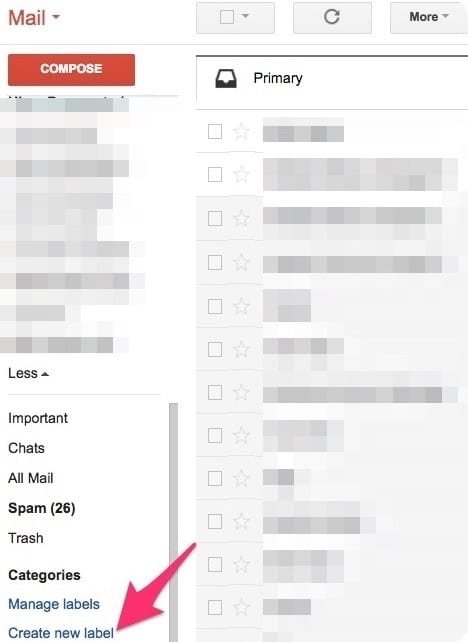
- #Who can open up and down arrows on email next to name update#
- #Who can open up and down arrows on email next to name full#
Occurs when syncing Outlook items with a PDA or when using cached mode with Exchange.
#Who can open up and down arrows on email next to name update#
Icons with the blue i symbol indicate there is more information, such as an update to the meeting request.Ĭonflict. Contains read/delivery receipt information or vote results. Seen on items in Sent folder when tracking or voting is requested *after first response is received and processed*. When a person has their Exchange account configured to send Out of office messages, you'll Read Receipt: deleted when marked unread. Signed, but there is a problem with certificate Signed and Encrypted (The signed and/or or encrypted icons may be on envelopes as shown below.) Tentative Acceptance (or Propose New Time in OL2003/2007) This message was replied to, has an attachment and is marked High Importance. Has Attachment (may be combined with an importance icon or have a paperclip in the attachment column) Low Importance Message (may be combined with the attachment icon or have the down arrow in the importance column ) High Importance Message (may be combined with the attachment icon or have an exclamation mark in the importance column ) Replied to message (May include icons for signed and encrypted icons)įorwarded message (may include signed and encrypted icons) Opened (read) Message (Text in message list is no longer bold.) Unread Message (Text in Message list should be bold.)īeginning with Outlook 2013, a Blue bar marks unread messages. Rules & Alerts | Toolbars | More Icons Mail Icons Icons Mail | Calendar & Tasks | Contacts & Journal In the case of Unread, the envelope was replaced by a blue bar to the left of the message.

Outlook 2013 aims for a cleaner look and many default icons, such as read and unread envelopes are gone.
#Who can open up and down arrows on email next to name full#
It’s a book full of whole-body and sensory activities that enhance focus, engagement, and learning through movement and interaction.On this page we have the icons you may see in your Inbox, Sent folder, or in the message header in Outlook 2013 and above. It’s the new Playful Learning Lab for Kids, by the occupational therapist and physical therapist team at The Inspired Treehouse. The fun idea below comes from a new kids’ activity book that we’re devouring.

Directionality ActivitiesĪmazon affiliate links are included below. When kids picture a scene in their mind’s eye and use that image to draw a map on paper, they are using higher thinking skills and spatial reasoning.


This translates to following directions when getting from place to place by following a map or the cardinal directions. Directionality and the ability for kids to follow physical directions is important for discovering where their bodies are in relationship to objects. The direction/spatial relationship/preposition words that tell you where something is related to something else (beside, in front of, behind, over, under, around, through, last, etc.) are very important when teaching math and handwriting concepts. Working on the ability for kids to follow directions and spatial concepts is so important for kids. Adding a physical component to learning directions and the difference between right, left, up, and down and what that looks like in relation to the child’s body can be such a helpful force in driving home this concept. That’s where a directionality activity or following direction activity can come into play. Then, when the teacher, parent, or anyone else really, says the inevitable, “Your other right hand…”, the child feels a sense of discouragement and self-consciousness that doesn’t drive in the underlying need to really know the right from left! Have you come across the child who is told to raise their right and and they take a five second count to stop, think, and then raise their hand? They might hesitate when raising one hand or the other and still be uncertain whether or not they have held up the correct hand. It can be a real challenge for some kids who struggle with the spatial understanding of following directions, or understanding their left from right in a subconscious manner. Left Right Confusion Direction Challenges This can be a real challenge for some kids!įollowing directions and understanding of spatial concepts is a foundation for understanding and utilizing compass directions or the cardinal directions of north, south, east, and west, and the use of maps. Teaching kids to follow the directions they need to physically move right, left, up, down requires development of spatial concepts such as spatial reasoning.


 0 kommentar(er)
0 kommentar(er)
